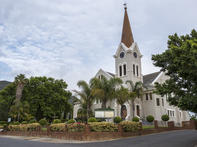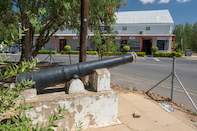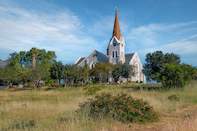Two 'Riebeeks'
Kasteelberg is a sizeable mountain, surrounded by the extensive wheat lands of South Africa’s so-called bread basket, which overlooks the verdant Berg River Valley. One of the first Europeans to reach it was Corporal Pieter Cruythoff, who led an expedition from Cape Town in order to barter cattle with the inland Khoikhoi People.

Named in Honour of Jan van Riebeeck
The area was promptly named ‘Riebeecks Casteel’ in honour of Jan van Riebeeck, the then Governor of the Dutch Colony at the Cape of Good Hope. It seems incongruous to have two 'Riebeecks' a mere 4 km apart, and that this state of affairs should have come about through religious dissent.

Dutch Reformed Church of Riebeeck Kasteel
Until the 1850s, the communities of Riebeeck Kasteel and Riebeeck West fell under the Dutch Reformed Church at Malmesbury. Following a decision in 1854 to establish a congregation in the Kasteel Valley, a dispute arose between the two communities over the location of the church, eventually resulting in two independent congregations.

The cornerstone of the Oude Kerk was laid in 1855 (now known as the Dutch Reformed Church), and in time the town developed around the church. Another building of interest in Riebeek Kasteel is the Royal Hotel.